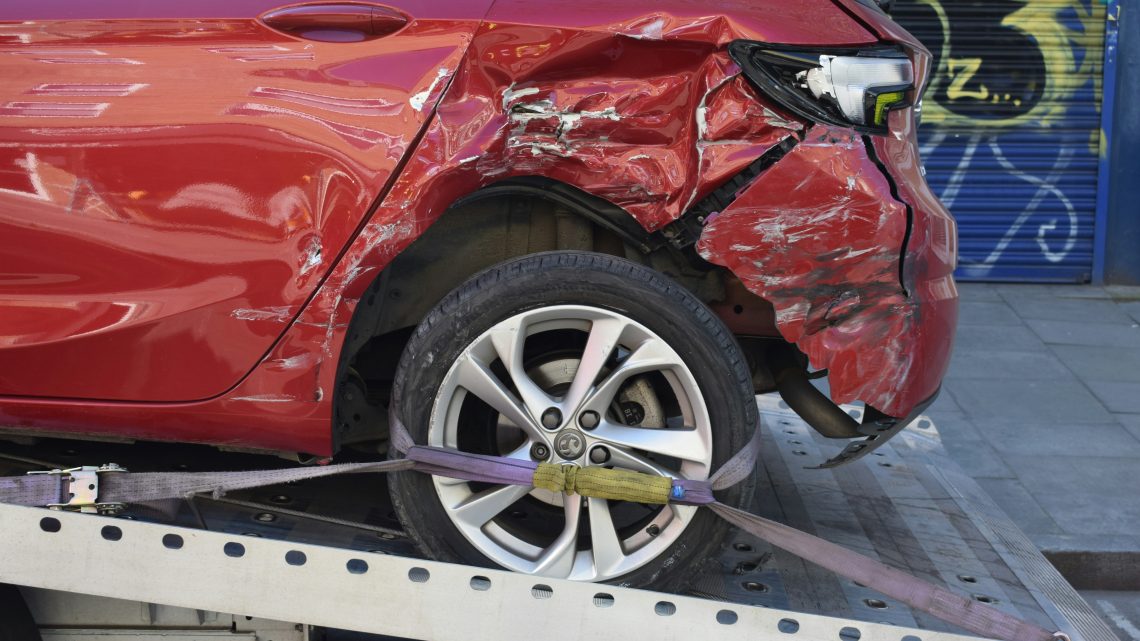After a crash, most people assume the other driver is entirely at fault. But under Oklahoma law, determining who’s to blame isn’t always that simple, and it directly impacts how much compensation you receive.
In Oklahoma, the amount you’re able to recover depends on how much you contributed to the accident. Even being partially at fault can reduce or eliminate your ability to collect damages.
A Tulsa car accident attorney can help you navigate Oklahoma’s comparative negligence laws and ensure you’re not unfairly blamed.
What Is Comparative Negligence?
Comparative negligence is a legal principle used to allocate responsibility between parties involved in an accident. It stands in contrast to more rigid systems like contributory negligence, which can prevent injured parties from receiving any compensation if they bear even a minimal share of fault.
Oklahoma follows a modified comparative negligence rule with a 50% bar. This means you can recover damages only if you are less than 50% at fault for the accident. If you are determined to be 50% or more at fault, you are barred from recovering any compensation.
If you are found partially at fault but below the 50% threshold, your compensation will be reduced proportionally. For instance, if you’re awarded $100,000 in damages but determined to be 25% at fault, your recovery would be reduced to $75,000.
This system is designed to reflect shared responsibility in real-world scenarios, but it can also complicate the process of pursuing a claim.
How Fault Is Determined in Oklahoma Car Accidents
Determining fault is rarely straightforward and often involves analyzing multiple forms of evidence. Insurance adjusters and potentially the courts will consider:
- Police reports, which offer an official record of the crash and may include preliminary assessments of fault.
- Witness statements that can clarify events leading up to the collision.
- Traffic camera or dash cam footage, when available, to support or refute claims.
- Physical evidence, such as vehicle damage, skid marks, and debris patterns.
This evidence is used to assign a percentage of fault to each driver involved. The more persuasive and complete your documentation is, the stronger your position will be.
This is why taking steps immediately after an accident is critical. If you’re physically able, take photographs of all vehicles, road conditions, traffic signs, and any visible injuries. Also, collect contact details from witnesses and request a copy of the police report once it’s available. These steps can significantly influence how fault is assigned.
How Fault Percentage Affects Compensation
Even if you’re found to share some fault, you may still pursue a car accident claim and recover damages, as long as your share of the blame is below 50%. The percentage of fault assigned to you directly impacts your financial recovery. Here’s a breakdown of how this can play out in practice:
- Example 1: You’re awarded $80,000 in damages. You’re found 20% at fault. You would recover $64,000.
- Example 2: You’re awarded $100,000 in damages but found 50% at fault. You would receive nothing under Oklahoma’s modified rule.
This framework means that insurance companies have an incentive to assign as much fault to you as possible to reduce their payout or avoid paying altogether. Even small shifts in the assigned fault can drastically reduce the compensation available to you.
Common Scenarios Where Fault Is Shared
Accidents often involve more than one contributing factor, making fault a gray area. Some real-world scenarios where fault may be shared include:
- Left-hand turns at intersections: If the turning driver misjudges speed or distance, but the oncoming driver was speeding, fault may be divided.
- Distracted driving collisions: When both drivers were engaged in activities like texting, eating, or using navigation apps.
- Multiple-vehicle pileups: These often involve a chain reaction of impacts, making it difficult to assign clear fault to one driver.
- Improper merging or lane changes: Both drivers may claim the right of way or fail to yield appropriately.
These situations are often exploited by insurers to argue for partial fault. While you might feel the other driver is clearly responsible, your statement, the police report, or an ambiguous piece of evidence might lead to shared liability, lowering your compensation unless successfully challenged.
How an Attorney Can Help You Challenge or Reduce Your Fault Percentage
When an insurer assigns fault, that assessment isn’t final. A qualified attorney can evaluate your case, collect new evidence, and challenge any unfair allocation of responsibility.
An experienced personal injury attorney may:
- Conduct an independent investigation of the accident.
- Hire experts, such as accident reconstruction specialists, to provide testimony.
- Dispute the insurer’s findings with stronger factual or legal arguments.
- Negotiate aggressively to minimize your assigned fault and maximize your compensation.
- File a lawsuit, if necessary, to protect your rights in court.
Attorneys familiar with Oklahoma’s comparative negligence system understand how fault is evaluated and can help shift the narrative in your favor, especially when local laws and procedures come into play.
Don’t Let Fault Stop Your Claim
Oklahoma’s comparative negligence laws are designed to reflect the complexities of real-life accidents. However, they also open the door for disputes over fault percentages that can significantly affect your ability to recover compensation.
Even if you believe you were partially responsible for a crash, that doesn’t mean you’re ineligible to file a claim. With the right legal guidance, you can protect your interests, contest unfair fault assessments, and pursue the full amount of compensation available to you.




No Comment